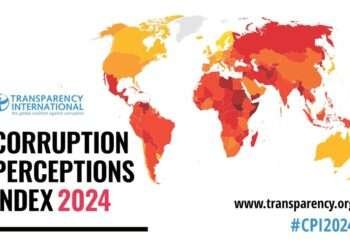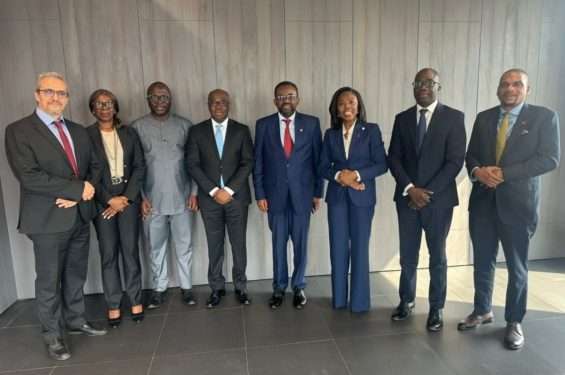Immunization coverage for children worldwide remained stagnant throughout 2023, leaving approximately 2.7 million children without necessary vaccinations compared to pre-pandemic levels in 2019.
This alarming trend was highlighted in a report published on Monday, July 25 by the World Health Organization (WHO) and the United Nations Children’s Fund (UNICEF).
The report, which examines vaccination rates for 14 diseases, underscores the urgent need for intensified efforts in catch-up vaccination, recovery programs, and the strengthening of healthcare systems globally.
“The latest trends demonstrate that many countries continue to miss far too many children,” stated Catherine Russell, Executive Director of UNICEF.
“Closing the immunization gap requires a global effort, with governments, partners, and local leaders investing in primary healthcare and community workers to ensure every child gets vaccinated, and that overall healthcare is strengthened.”
Catherine Russell

Immunization Progress Stalls
In 2023, the number of children receiving three doses of the vaccine against diphtheria, tetanus, and pertussis (DTP) – a critical marker for global immunization coverage – remained at 84 percent, equating to 108 million children.
However, the number of children who did not receive any dose of the vaccine rose from 13.9 million in 2022 to 14.5 million in 2023.
Over half of these unvaccinated children reside in 31 countries experiencing fragility, conflict, and vulnerability.
These settings exacerbate the risk of preventable diseases due to disrupted services and limited access to security, nutrition, and healthcare.
Furthermore, 6.5 million children did not complete their third dose of the DTP vaccine, which is essential for effective protection during infancy and early childhood.
These statistics reveal that global immunization coverage has not improved since 2022 and has yet to return to 2019 levels.
The stagnation reflects persistent challenges such as service disruptions, logistical difficulties, vaccine hesitancy, and inequities in vaccine access.
Rising Measles Threat
The data also indicates a concerning stagnation in measles vaccination rates, leaving nearly 35 million children inadequately protected.
In 2023, only 83 percent of children worldwide received their first dose of the measles vaccine through routine health services.
While the number of children receiving their second dose saw a slight increase, reaching 74 percent, these figures fall short of the 95 percent coverage needed to prevent outbreaks and achieve measles elimination.
Over the past five years, measles outbreaks have occurred in 103 countries, impacting roughly three-quarters of the world’s infants. Low vaccine coverage (80 percent or less) has been a significant contributing factor.
In contrast, 91 countries with robust measles vaccine coverage did not experience outbreaks.
“Measles outbreaks are the canary in the coal mine, exposing and exploiting gaps in immunization and hitting the most vulnerable first,” commented Dr. Tedros Adhanom Ghebreyesus, WHO Director-General.
“This is a solvable problem. The measles vaccine is cheap and can be delivered even in the most difficult places. WHO is committed to working with all our partners to support countries to close these gaps and protect the most at-risk children as quickly as possible.”
Dr. Tedros Adhanom Ghebreyesus
Progress in HPV Vaccination
Despite the challenges, there have been positive developments in immunization coverage.
The introduction of newer vaccines, including those for human papillomavirus (HPV), meningitis, pneumococcal, polio, and rotavirus diseases, continues to expand protection, particularly in the 57 countries supported by Gavi, the Vaccine Alliance.
The report highlights a notable increase in the global share of adolescent girls who received at least one dose of the HPV vaccine, rising from 20 percent in 2022 to 27 percent in 2023.
“The HPV vaccine is one of the most impactful vaccines in Gavi’s portfolio, and it is incredibly heartening that it is now reaching more girls than ever before,” said Dr. Sania Nishtar, CEO of Gavi.
However, the current HPV vaccine coverage remains well below the 90 percent target needed to eliminate cervical cancer as a public health issue.
Only 56 percent of adolescent girls in high-income countries and 23 percent in low- and middle-income countries have received the vaccine.
The report underscores the need for continued global collaboration and investment to close the immunization gap and protect children worldwide from preventable diseases.
READ ALSO: A Plus’ Wife Slams Afia Schwarzenegger Over Husband’s Alleged Cheating





















